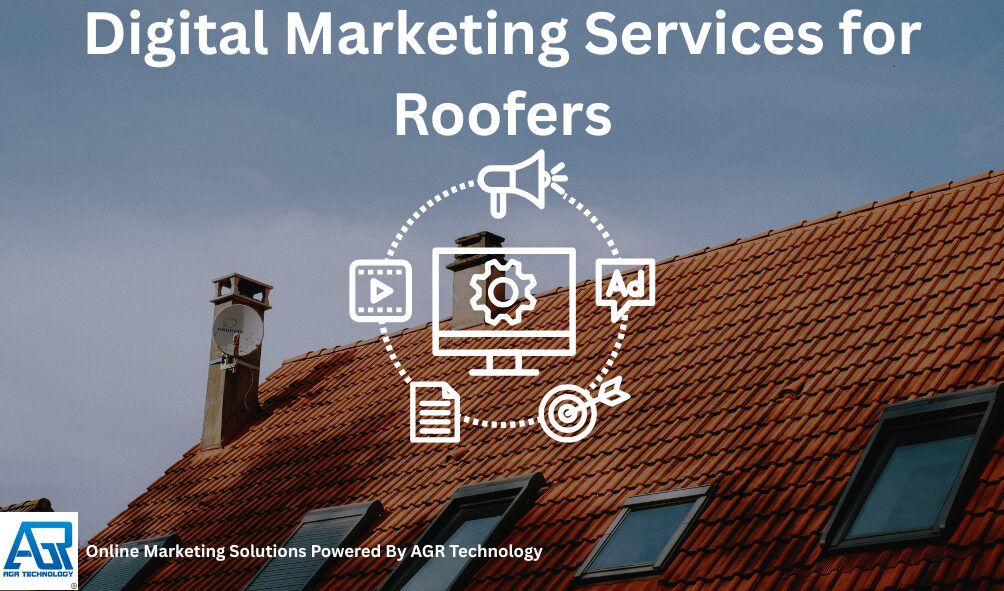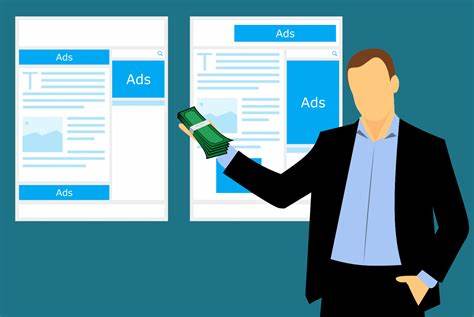Roofing is competitive and most homeowners search online when they need help. Digital marketing services put roofers in those results and turn visits into leads. Local SEO helps them rank for high intent keywords like roof repair near me and roof replacement cost. That boosts visibility and organic traffic without relying only on ads.
PPC delivers instant reach for urgent needs like storm damage and leak repairs. Targeted social media builds trust with before and after visuals testimonials and timely offers. A balanced plan blends Local SEO PPC content and reviews to drive measurable leads and long term growth. Add website optimization blogging video email follow ups and CRM integration to keep prospects engaged. Performance tracking and analytics show what works so teams can scale what drives booked jobs and revenue.
Book a free consultation call with AGR Technology to see how we can help scale your brand with proven online marketing strategies
Reviews from some of our happy customers:
Supporting businesses of all sizes to get ahead with digital solutions

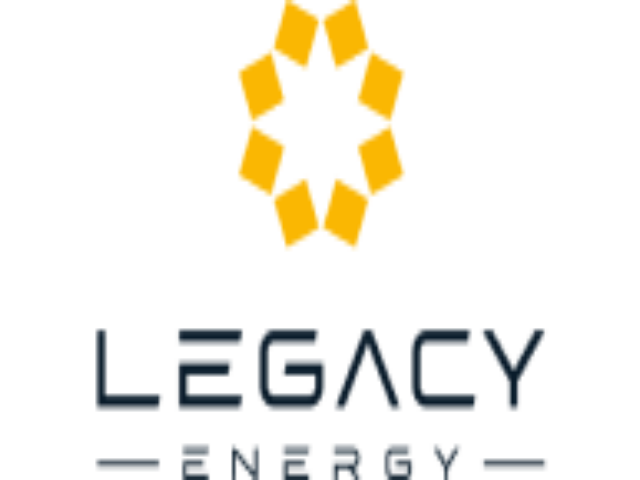
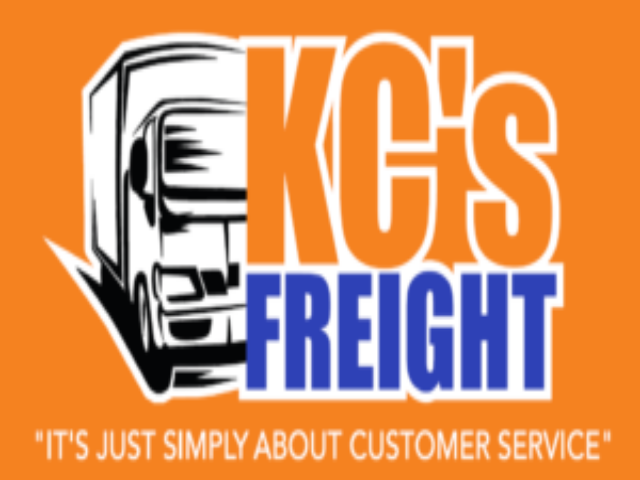
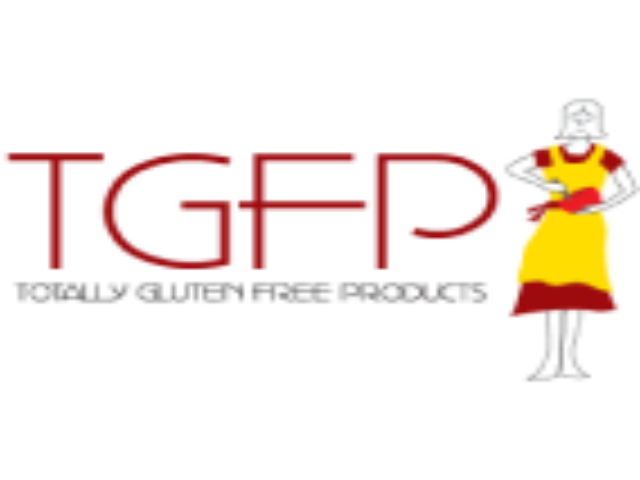

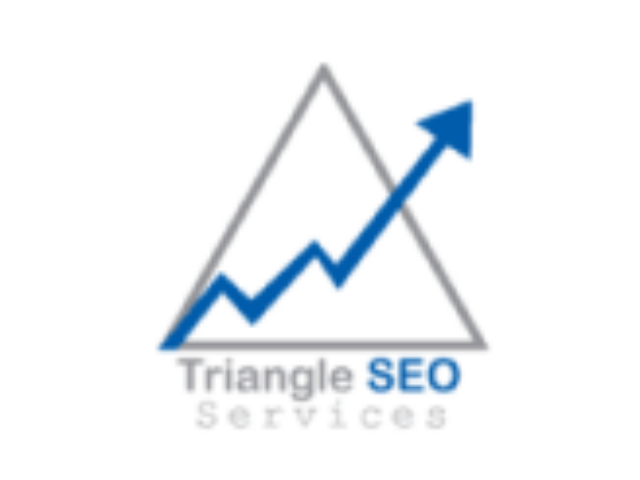
Why work with us?
The Role Of Digital Marketing In Roofing Growth

Roofing growth depends on consistent demand capture across search, social, and local directories. Digital marketing aligns visibility with high intent, then turns that intent into booked inspections and signed contracts.
How digital channels drive pipeline velocity
- Target high intent queries in local search, then match pages to service keywords like roof repair near me and roofing contractors city.
- Capture urgent demand with paid search during storm seasons, then route leads to instant chat or phone for faster close.
- Build trust with reviews and before and after galleries, then feature certifications and response time on key pages.
- Expand reach through social content and short videos, then retarget engaged users with localized offers.
- Strengthen referrals on directories and maps listings, then sync NAP data across profiles for consistency.
Role-by-role impact across roofing niches
- Serve residential homeowners with local SEO, Roofing SEO, PPC, lead generation and review content, then highlight financing and warranty terms near calls to action.
- Engage commercial decision makers with case studies and LinkedIn outreach, then qualify form fills with property and timeline fields.
- Surface emergency services with mobile-first landing pages and click-to-call, then prioritize load speed and location signals.
- Scale franchise groups with multilocation SEO and centralized ads, then enforce naming and UTM standards.
- Position specialist installers for metal, solar, and flat roofing with technical content and niche keywords, then link to project specs and FAQs.
Essential pages and content assets
- Create service area pages for core cities and neighborhoods, then structure titles, H1s, and internal links around local modifiers.
- Publish storm event updates and inspection guides, then add clear next steps and lead forms above the fold.
- Produce estimator FAQs, maintenance checklists, and material comparisons, then mark up content with structured data.
- Showcase project galleries with address-level proof and testimonials, then embed map pins and driving directions.
Measurable outcomes that matter
- Track search impressions, clicks, and local pack actions, then tie sessions to calls and form submissions.
- Monitor cost per lead and conversion rate across campaigns, then shift budget toward terms with booking intent.
- Analyze call recordings and chat transcripts for objection themes, then update ad copy and page sections to address them.
- Attribute revenue by channel with CRM and UTM alignment, then refine bids and content based on closed jobs.
Channel-to-stage alignment
| Funnel Stage | Primary Channels | Core Focus |
|---|---|---|
| Awareness | Social, Video, Educational Blogs | Visibility and brand recall |
| Consideration | SEO, Local Listings, Retargeting | Proof, reviews, project detail |
| Decision | PPC, Maps, Landing Pages | Calls, forms, instant chat |
| Loyalty | Email, SMS, Remarketing | Referrals, maintenance, upsell |
Technical foundations for sustainable gains
- Improve site speed and Core Web Vitals, then lower bounce on mobile during peak weather events.
- Implement conversion tracking across forms, calls, and chat, then validate data in analytics and CRM.
- Add local business schema and service schema, then verify coverage in search console reports.
- Maintain consistent NAP data across directories, then correct duplicates and outdated addresses.
Seasonal and event-driven strategy
- Launch weather-triggered ads and content before peak storms, then expand radius targeting during active alerts.
- Refresh roof inspection and tarping pages in advance of hail and wind spikes, then coordinate with extended hours.
- Increase social proof during insurance claim cycles with recent reviews and project timelines, then link to claim guidance resources.
Trust signals that influence selection
- Display verified reviews on key pages and profiles, then encourage recent, detailed feedback after each job.
- Highlight licenses, safety training, and material certifications, then present them near quote and contact sections.
- Use real project photos and street-level context, then avoid stock imagery that lowers credibility.
Execution cadence and governance
- Run quarterly content sprints tied to seasonal search patterns, then archive outdated posts that dilute relevance.
- Conduct monthly SERP audits for priority keywords and cities, then update titles and internal links based on shifts.
- Standardize naming conventions, UTM tags, and location pages for multi-crew teams, then document workflows for handoffs.
Digital marketing for roofers accelerates discovery, conversion, and retention across local markets when strategy, content, and measurement move in lockstep.
Core Digital Marketing Services For Roofers
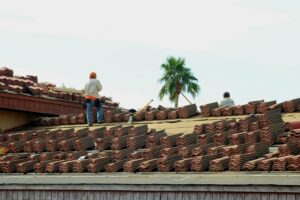
Core services align discovery with conversion for roofing demand. Each tactic targets high intent queries and local trust signals.
Website Design And Conversion Optimization
- Build fast pages for mobile first users. Google cites page speed as a ranking and UX factor.
- Place clear CTAs on every page. Use click to call and form above the fold.
- Add trust signals like licenses reviews and warranties. Use badges on service pages.
- Map services to locations with unique pages. Include city roofing examples like hail repair and metal installs.
- Track events with analytics. Measure calls forms and chats by source.
Local SEO And Google Business Profile
- Optimize titles headers and metadata for city and service terms to help build a strong Roofing SEO foundation. Target phrases like roof repair near me.
- Maintain accurate NAP across directories. Google states consistency supports local results.
- Complete the Google Business Profile. Add categories services photos and business hours.
- Publish weekly GBP posts. Share promos storm updates and project spotlights.
- Earn local citations. Submit to chambers contractors boards and mapping platforms.
Content Marketing And Blogging
- Answer buyer questions with how to guides and FAQs. Cover topics like roof leak signs and insurance steps.
- Publish service area pages for each city. Include neighborhoods and roof types.
- Create comparison content. Contrast asphalt vs metal and repair vs replacement.
- Add seasonal pieces before storm cycles. Explain tarping timelines and emergency steps.
- Interlink posts to service pages. Pass relevance and improve crawl paths.
Pay-Per-Click And Local Service Ads
- Target urgent keywords in search ads. Focus on leak repair storm damage and same day inspections.
- Use Google Local Services Ads for pay per lead. Google places LSAs above standard ads in many markets.
- Segment by zip code time and device. Bid higher during storms and evenings.
- Sync ads with dedicated landing pages. Match headline offer and service area.
- Track conversions with call recording and form IDs. Pause low intent terms.
Social Media Marketing And Community Engagement
- Share before and after photos and short reels. Feature shingles metal and flat roof work.
- Respond to comments and DMs fast. Route leads to booking links.
- Highlight team certifications and safety practices. Build credibility for homeowners.
- Promote neighborhood projects with tags. Engage HOAs property managers and local groups.
- Run geo targeted offers during peak seasons. Test lead forms on Facebook and Instagram.
Online Reviews And Reputation Management
- Request reviews after every closed job. Use SMS and email with direct links to Google and Facebook.
- Respond to all reviews in a professional tone. Address issues and note resolutions.
- Showcase average rating and count on key pages. Place near CTAs and quotes.
- Monitor brand mentions across directories. Resolve profile conflicts and duplicates.
- Incentivize internal teams for review volume. Track by technician or crew.
Email And Marketing Automation
- Send post inspection summaries with photos. Outline issues and next steps.
- Nurture estimates with drip sequences. Include financing options and timelines.
- Trigger reminders for maintenance and gutter cleaning at 6 and 12 months.
- Re engage past clients with roof check promos before storm season.
- Sync CRM stages with email tags. Personalize by roof type and city.
Video Marketing For Roof Inspections And Projects
- Record inspection walk throughs with annotations. Explain damage and code items.
- Film time lapse installs and cleanups. Demonstrate site protection and crew workflow.
- Capture customer testimonials on site. Ask about communication and final quality.
- Add captions and schema to video pages. Improve accessibility and SEO.
- Distribute clips across GBP YouTube and social. Embed on service and city pages.
Building An Integrated, Multi-Channel Strategy
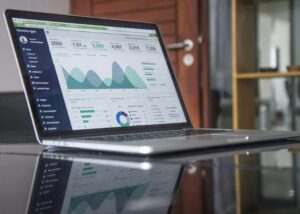
Roofing marketing performs best when channels operate together across local search, paid media, social proof, and email. Integrated planning aligns goals, service areas, and customer profiles with execution across each channel.
Mapping Services To The Roofing Buyer Journey
Align messaging, formats, and offers to each stage, then connect touchpoints with tracking.
- Attract: Use Local SEO, Google Business Profile, and directory listings like BBB or Angie’s List to capture high intent searches such as roof repair near me, then publish city and service area pages for coverage.
- Educate: Publish blogs, FAQs, and YouTube videos that explain materials, maintenance, and repairs with examples like asphalt shingles, metal panels, and flat roofing.
- Prove: Collect reviews and testimonials, then feature project galleries, certifications, and financing FAQs on core service pages.
- Convert: Run PPC for urgent queries like storm damage and leak repair, then drive to fast-loading landing pages with click-to-call and quote forms.
- Retain: Send post-job email sequences with maintenance tips, referral offers, and warranty reminders, then request reviews to strengthen profiles.
Seasonal And Storm-Response Campaigns
Plan capacity, creatives, and budgets around weather cycles and localized events, then layer automation for speed.
- Prepare: Launch winter maintenance offers, pre-book spring inspections, and update ad copy for ice dams, snow loads, and emergency calls.
- Target: Map service areas to recent storm zones, then run geo-fenced PPC and social ads that reference hail, wind, and debris claims.
- Route: Use dedicated storm landing pages with damage type filters like hail dents, missing shingles, and leaks, then add insurer guidance and photo upload.
- Automate: Trigger email and SMS follow-ups with 3-touch sequences post-storm, then retarget site visitors with quotes, before-and-after photos, and reviews.
- Staff: Align call answering and estimates across peak weeks, then escalate urgent leads from calls and forms with priority tags in the CRM.
Tracking ROI And Key Metrics
Tracking ROI and key metrics aligns digital marketing services for roofers with revenue. Data connects budgets to jobs and profit.
Call Tracking, Form Attribution, And CRM Integration
Link every lead to a channel, a campaign, and a keyword.
- Track calls with dynamic number insertion, session based numbers, and source level numbers, then record outcomes like booked inspection or lost lead, source: Google Analytics Help, Context 2
- Tag forms with UTM parameters, hidden fields, and page level context like service and city, then push submissions to the CRM, source: Google Analytics Help, Context 2
- Route leads into a roofing CRM with contact data, job details, and stage, then automate emails, texts, and proposals to speed follow ups, source: Context 2
- Sync call recordings and form IDs back to the contact record, then score lead quality by intent terms like roof repair or hail damage, source: Context 2
- Map revenue to the original session using UTM source, medium, and campaign, then attribute booked jobs to SEO, PPC, social, or referrals, source: Context 2
Key setup steps anchor accurate attribution.
- Implement GA4 with event tracking for calls, forms, and chat, then verify events in DebugView, source: Google Analytics Help
- Deploy Google Tag Manager for click to call, form submit, and scroll depth, then publish with version control, source: Google Tag Manager Help
- Use gclid and wbraid or UTM parameters on ads, then persist values in cookies for server side attribution, source: Google Ads Help, Google Analytics Help
- De duplicate leads with phone plus email match rules, then unify contacts across web, phone, and field intake, source: Context 2
Reporting Cadence And Continuous Optimization
Report on a fixed cadence to drive action.
- Set weekly pulse reports for spend, leads, and CPL, then reserve deep analysis for month end, source: Context 2
- Hold monthly reviews for CAC, ROAS, and channel mix, then adjust budgets toward highest intent queries, source: Context 2
- Run quarterly planning for seasonality, storm spikes, and capacity, then stage campaigns and landing pages ahead of weather events, source: Context 2
Track these KPIs in one place, for example a dashboard connected to GA4 and the CRM.
| KPI | Formula or Source | Example Target | Decision Trigger |
|---|---|---|---|
| Conversion rate | Leads ÷ Sessions | 8% to 15% for service pages | Refresh page copy if below 5% |
| Cost per lead CPL | Ad Spend ÷ Marketing Leads | <$150 for emergency repair PPC | Shift bids if CPL rises 25% |
| Lead to sale rate | Jobs ÷ Marketing Leads | 20% for inbound calls | Add call coaching if below 15% |
| Customer acquisition cost CAC | Total Marketing Cost ÷ New Customers | <$750 per roof replacement | Rebalance channels if above LTV rule |
| Return on ad spend ROAS | Revenue Attributed ÷ Ad Spend | 4.0x for search, 2.0x for social | Pause ads if ROAS drops 30% |
| Time to first response | Median minutes from lead to reply | <5 minutes for forms and calls | Enable SMS if above 10 minutes |
| Revenue attribution | CRM jobs tied to UTM and call source | 90% of jobs attributed | Fix tagging if below 80% |
Iterate with tests, not guesses.
- Test ads with A or B copy on headline, offer, and CTA, then keep variants that lower CPL, source: Context 2
- Test landing pages with layout, proof, and form length, then keep versions that raise conversion rate, source: Context 2
- Optimize budgets daily on search term reports, location, and device, then push spend into winning zip codes, source: Context 2
- Update content for local roofing terms like roof repair near me and storm damage inspection, then track rank and clicks in GA4 and Search Console, source: Context 2
Data governance sustains trust.
- Document UTM conventions for source, medium, and campaign, then use the same tags across SEO, PPC, and social, source: Google Analytics Help
- Audit tracking monthly across numbers, forms, and tags, then correct breaks after site edits or new pages, source: Context 2
- Align finance and marketing on revenue recognition and job status, then lock reports by date to prevent drift, source: Context 2
Common Mistakes To Avoid
- Relying exclusively on referrals limits pipeline consistency in competitive roofing markets. For predictable demand add digital marketing services that reach local homeowners searching for repairs or replacements.
- Ignoring Local SEO fundamentals buries service pages in search results. Optimize Google Business Profile, on‑page metadata, internal links, and mobile UX to surface for roofing keywords like roof repair near me.
- Skipping Facebook and Instagram ads misses high intent audiences on social. Layer geo targeting, homeowner interests, and storm‑damage signals to create efficient reach for roofing services.
- Neglecting online reputation erodes trust in a review‑driven category. Encourage verified reviews, respond to feedback, and feature testimonials and certifications on key pages and profiles.
- Delaying lead follow‑up sinks close rates across calls, forms, and chats. Route leads instantly to phone, SMS, and CRM, then use short nurture sequences to keep roof estimates moving.
- Sending paid traffic to weak landing pages wastes ad spend. Build fast mobile pages with clear offers, proof blocks, and conversion paths like click‑to‑call and instant booking.
- Overlooking NAP consistency confuses local algorithms across directories. Match name, address, and phone across Google, Bing, Yelp, Angi, HomeAdvisor, and Nextdoor to reinforce location authority.
- Targeting broad geographies burns budget outside service areas. Set precise radii, zip codes, and negative locations, then mirror coverage on service area pages and ads.
- Publishing thin content fails to answer homeowner questions during research. Produce localized project galleries, FAQs, and storm‑response guides for shingles, metal, and flat roofs.
- Ignoring page speed and core web vitals hurts rankings and conversions. Compress images, reduce scripts, and enable caching to support mobile homeowners comparing roofing quotes.
- Running PPC without negatives invites irrelevant clicks. Add negatives for jobs not served like siding or distant cities, then segment match types to control queries.
- Pausing always‑on campaigns breaks momentum between storms. Maintain baseline Local SEO, retargeting, and branded search so roof repair demand flows year round.
- Undertracking calls and forms obscures ROI from digital marketing services. Use call tracking, UTM parameters, and CRM attribution to map discovery to booked roofing jobs.
- Reusing generic ad copy lowers click‑through on search and social. Reference local neighborhoods, roof types, and financing to align with homeowner intent.
- Overlooking compliance on licenses and insurance reduces credibility. Display up‑to‑date credentials on the website, ads, and profiles to support trust signals for roof replacements.
Key Takeaways
- Local SEO and a complete Google Business Profile help roofers rank for high-intent searches like “roof repair near me,” driving consistent organic leads.
- PPC and Local Services Ads capture urgent storm and leak demand fast; pair with mobile-first landing pages, click-to-call, and instant chat to boost conversions.
- Content, video, and social proof (reviews, galleries, certifications) build trust; publish city/service pages, FAQs, and before-and-after visuals to improve decision rates.
- Tight tracking with GA4, call recording, UTM-tagged forms, and CRM integration attributes revenue by channel and lowers cost per lead through continuous optimization.
- Optimize site speed, Core Web Vitals, and NAP consistency; standardize schema, naming, and UTMs to strengthen local authority and measurement accuracy.
Conclusion
Digital marketing gives roofers a clear path to steady demand and stronger margins. The next move is simple. Define goals. Audit the current footprint. Prioritize quick wins that remove friction for prospects. Then build a roadmap that compounds gains quarter after quarter.
They should seek a partner who ties every tactic to booked jobs and lifetime value. Require clean reporting. Keep ownership of data. Hold strategy reviews on a set cadence. When the team stays aligned to revenue targets growth follows.
Ready to level up pipeline quality and predictability. Start with a focused audit and a timeline for action. Small steps done consistently turn into market leadership fast.
Frequently Asked Questions
Why is digital marketing important for roofing businesses?
Homeowners search online when they need a roofer. Digital marketing helps you appear where they look—Google, maps, and social. It builds visibility, captures high-intent leads, and proves credibility with reviews and past projects. A balanced mix of Local SEO, PPC, content, and reviews turns searches into appointments and long-term growth.
What is Local SEO and why does it matter for roofers?
Local SEO helps your roofing business rank in nearby searches and on Google Maps. It focuses on optimizing your Google Business Profile, service area pages, citations, and reviews. Strong Local SEO means you show up for “roofer near me,” storm repair, and city-specific keywords, driving qualified local leads.
Should roofers use PPC or SEO?
Use both. SEO builds sustainable visibility and trust over time. PPC (Google Ads) captures urgent, high-intent demand fast—especially after storms. Run targeted PPC for emergency keywords and high-margin services, while investing in Local SEO for compounding results and lower long-term cost per lead.
What roofing keywords should we target?
Target high-intent terms like “roof repair near me,” “emergency roof leak,” “hail damage roof,” “new roof cost,” and “[city] roofing contractor.” Add service and material modifiers (shingle, metal, flat roof) and commercial queries. Include branded and competitor terms in PPC to protect and win demand.
How do reviews impact roofing leads?
Reviews build trust and influence both rankings and conversions. A steady flow of recent, descriptive 5-star reviews boosts your Google Maps position and clicks. Ask after every job, respond to all feedback, and showcase reviews on your website and landing pages to increase calls and form fills.
What website upgrades increase roofing conversions?
Prioritize fast load speed, mobile-first design, clear CTAs, click-to-call buttons, service area coverage, trust badges, financing info, and before/after galleries. Add prominent forms, live chat, and quote schedulers. Use dedicated landing pages for each service and city to match search intent and improve conversion rates.
Which content helps roofers rank and convert?
Create service pages, city/ZIP pages, storm resource hubs, FAQs, pricing guides, maintenance tips, and project galleries with photos and videos. Add case studies and insurance guidance. Publish seasonal posts (hail, hurricane, winter) and answer common homeowner questions to capture search demand and build authority.
How can roofers prepare for storm season marketing?
Pre-build storm landing pages, ad campaigns, and email templates. Enable call tracking and extended hours. Bid on emergency and insurance keywords in the affected areas. Update Google Business Profile posts, use local social updates, and deploy door-hanger style geofenced ads to capture urgent demand quickly.
What metrics should a roofing company track?
Track rankings, impressions, clicks, conversion rate, cost per lead, phone calls, form submissions, booked inspections, job close rate, revenue per channel, and ROI. Use call tracking, CRM attribution, and tagged URLs. Review monthly and reallocate budget to the best-performing keywords, pages, and campaigns.
How do residential and commercial roofing strategies differ?
Residential focuses on fast response, local SEO, reviews, and seasonal campaigns. Commercial emphasizes longer sales cycles, spec content, case studies, maintenance contracts, and LinkedIn outreach. Build separate service pages, keywords, and ads for each audience with tailored proof (warranties, safety, certifications).
What is NAP consistency and why is it critical?
NAP stands for Name, Address, Phone. Consistent NAP across your website, Google Business Profile, and directories (Yelp, Angi, BBB) boosts local rankings and trust. Inconsistencies confuse search engines and customers, hurting visibility. Audit and fix listings regularly, especially after moves or phone number changes.
How much should a roofing company spend on marketing?
Most roofers should budget 5–10% of revenue. Prioritize Local SEO and conversion-focused website updates, then layer PPC for high-intent and seasonal demand. Allocate funds to channels with proven ROI and shift spend based on performance, weather events, and capacity.
What are common roofing marketing mistakes to avoid?
Avoid relying only on referrals, ignoring Local SEO basics, slow lead follow-up, weak landing pages, inconsistent NAP, thin content, broad targeting, poor call tracking, and not asking for reviews. Skipping analytics or seasonal planning also wastes budget and hides what truly drives revenue.
How can email and CRM help roofing sales?
Automated emails and CRM workflows nurture leads, prevent no-shows, and boost close rates. Use reminders, estimate follow-ups, financing offers, and maintenance tips. Track every touchpoint, from call to job completion, to measure ROI and trigger review requests and referral campaigns post-project.
What should I look for in a roofing marketing agency?
Choose a provider with roofing-specific results, clear KPIs, and revenue-focused reporting. Ask for case studies, ownership of ad accounts and content, transparent pricing, call tracking, and regular strategy reviews. Ensure they align channels to your service areas, capacity, and seasonality with a multi-channel plan.
How do social media and video support roofing leads?
Social and video build trust and visibility. Share project walk-throughs, before/after reels, storm tips, crew intros, and FAQs. Use geotagged posts, community updates, and short videos to showcase workmanship and speed. Link to booking pages and pin reviews to convert views into inspections.
Related content:
Google Ads For Google My Business / Google Business Profiles

Alessio Rigoli is the founder of AGR Technology and got his start working in the IT space originally in Education and then in the private sector helping businesses in various industries. Alessio maintains the blog and is interested in a number of different topics emerging and current such as Digital marketing, Software development, Cryptocurrency/Blockchain, Cyber security, Linux and more.
Alessio Rigoli, AGR Technology
![logo-new-23[1] logo-new-23[1]](https://agrtech.com.au/wp-content/uploads/elementor/thumbs/logo-new-231-qad2sqbr9f0wlvza81xod18hkirbk9apc0elfhpco4.png)
